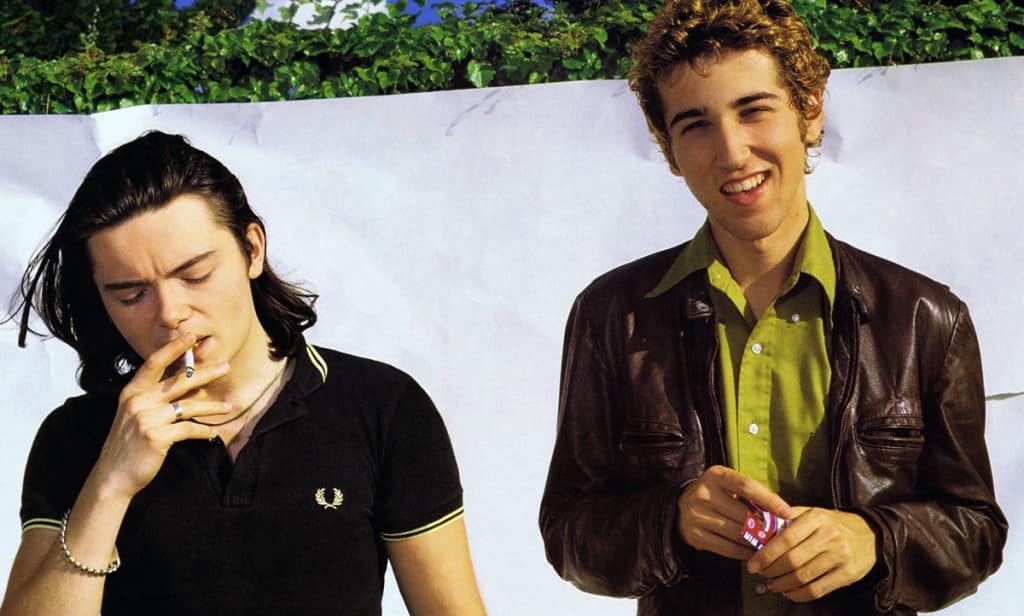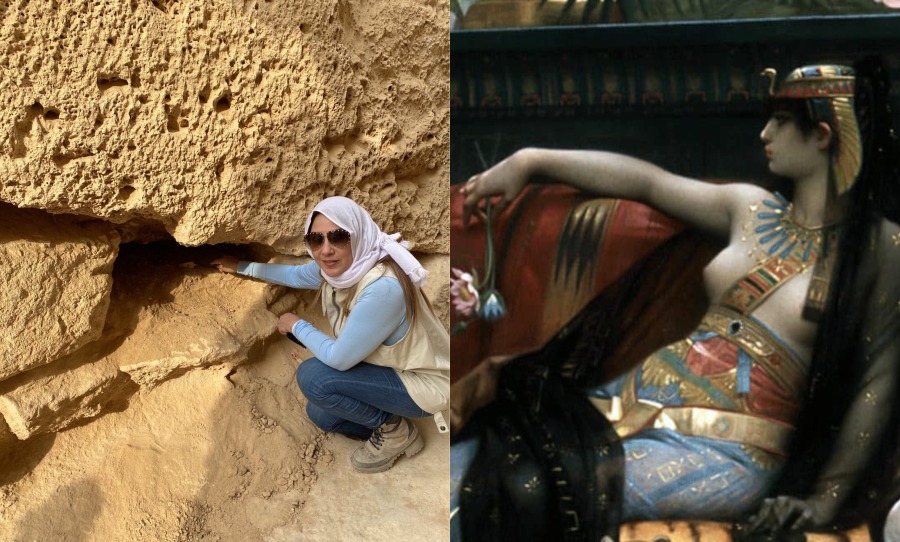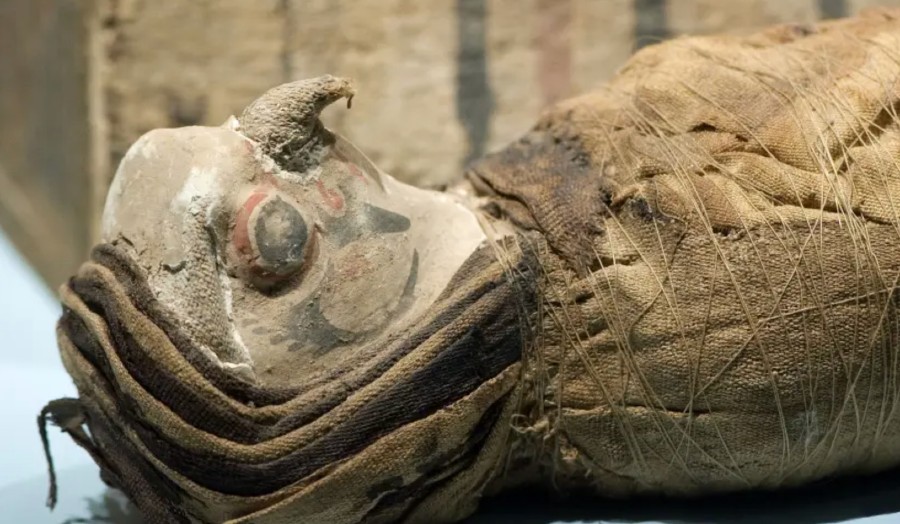Daft Punk were masters of sampling and Discovery was their masterpiece. But did they cross that line between thievery and adaption for art’s sake? Did they go too far?
by Oliver Newland and Michael Smith
After 28 years of bringing their unique brand of French house to the world, Daft Punk has called it quits. As fans can attest, sampling was key to the duo’s craft — that duo being Thomas Bangalter and Guy-Manuel de Homem-Christo. 2001’s Discovery was Daft Punk’s sample-driven masterpiece.
And even though it is present in most facets of production nowadays, sampling used to have a very bad rap. From plagiarism claims to mistaken original sources, there are a plethora of things that can and probably will go wrong, whether you’re stealing and resampling someone else’s work, or just having a similar vibe.
Especially in modern popular music, the massive exposure of a radio hit comes with the risk of someone claiming that your song’s success stemmed from their own work, regardless of whether or not those claims are substantiated.

One of the most iconic electronic albums of the modern era, however, is also the ‘worst offender’ when it comes to music sampling. It took a decade to uncover the secrets behind Daft Punk’s Discovery, but from the iconic riffs of Digital Love to the repetitive looping vocals in High Life, almost every track has been recreated using elements from different songs — a sort of Frankenstein album.
Given that few of these were credited, some scepticism on the subject is to be expected; but thanks to the likes of YouTube commenters, there’s more than enough evidence out there to convince even the most doubtful readers of the origin points of the Punks’ inspiration. Even One More Time, Daft Punk’s defining track, is supposedly built around segments of the song More Spell On You by Eddie Johns, combining three separate sections from the introduction to create the base of the track.
Despite Romanthony’s featured vocals being created specifically for the track, and extra edits meant to give the samples the spacey sound that defines the track, there’s no denying that the core of the song is almost completely repurposed.
High Life takes a similar approach, taking snippets of vocals and music from throughout Tavares’ Break Down For Love.
By simply speeding and pitching the samples up, they turned an originally mid-tempo song with male vocals into the wordless female vocals and instrumental melodies that make up a majority of the track, with extra beats thrown in to finish it off.
Given that Discovery was created as a way to celebrate the childhoods of members Thomas Bangalter and Guy-Manuel de Homem-Christo, the use of samples taken from older songs makes sense in the context of the album.
That they were morphed in such a way that they were almost entirely unrecognisable without years of hunting for the sources acts as a testament to their prowess as producers. Rather than simply lifting material straight from another song and using it in its normal state, Discovery shows that they can be turned into entirely original and unrecognisable alternatives.
The biggest issue lies in the fact that most samples on the album, including the ones mentioned above, are uncredited. Samples that are clearly stated as used in the album’s liner notes include George Duke’s I Love You More in Digital Love, and The Imperials’ Can You Imagine in Crescendolls, but the myriad of other discovered samples bring this into question.
Daft Punk’s continued assurance that no extra samples were used adds yet another layer to the issue, too. Whether it’s to cover their tracks after using unapproved samples, or simply an assortment of minor coincidences — a distinct possibility, considering the short length of the samples used from Break Down For Love and More Spell On You—the fact remains that Daft Punk’s sampling habits on Discovery are intensely interesting in their own right.
You could say that Discovery represents the smarter way to sample music: the approved samples are far more obvious than the smaller uncredited ones but show a similar level of ability in reworking them to create an entirely different style of song.
What we do know, however, is that this plunderphonic style of sampling can be handled better than simply ripping melodies and vocal chops from already established pop songs; they can become something so different that you’d never know it was a sample in the first place. And at this, Daft Punk were the masters.
Read more about their exploits here.



